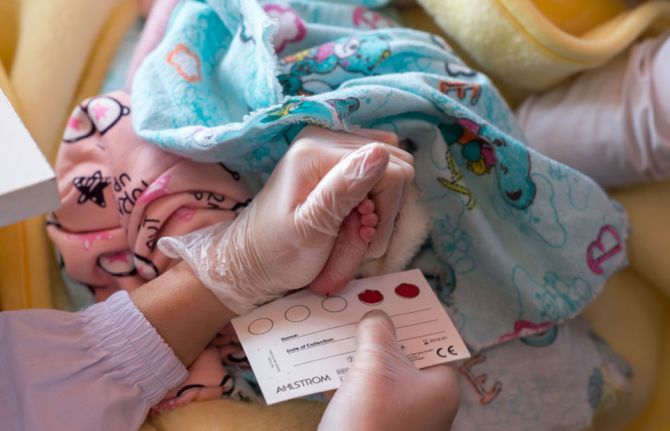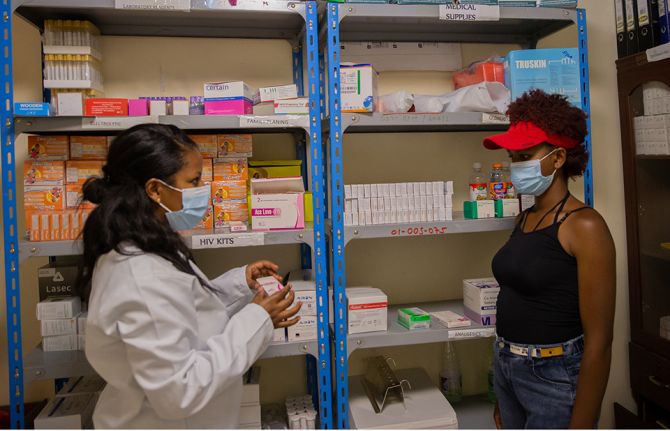

Update
Only half of HIV-exposed babies are tested for HIV
25 March 2019
25 March 2019 25 March 2019The earlier that a baby who has been born with HIV is diagnosed and starts treatment, the better the outcome.
To diagnose children younger than 18 months of age with HIV requires virological testing, which detects the virus or its components. Serological testing―which tests for HIV antigen and/or antibody generated as part of the immune response to infection―is used for children older than 18 months and adults. Serological testing cannot be used for infants, since it can’t differentiate between HIV antibody produced by the mother and then passed to her baby during the pregnancy, with the baby remaining uninfected, and HIV antibody produced by an HIV-infected baby.
Virological testing is not consistently available in most low- and middle-income countries, however, and when it is available it is often expensive and time-consuming, involving several clinic visits for mothers and infants, the transport of samples to centralized laboratories and potential delays in the return of results.
Globally, only half of infants who are exposed to HIV during pregnancy are tested before eight weeks of age. Since mortality among untreated infants is highest in the first three months of life, prompt diagnosis and linkage to treatment are crucial.
Related information
Related
 Government ensures continuity of treatment in Malawi
Government ensures continuity of treatment in Malawi

10 February 2025


